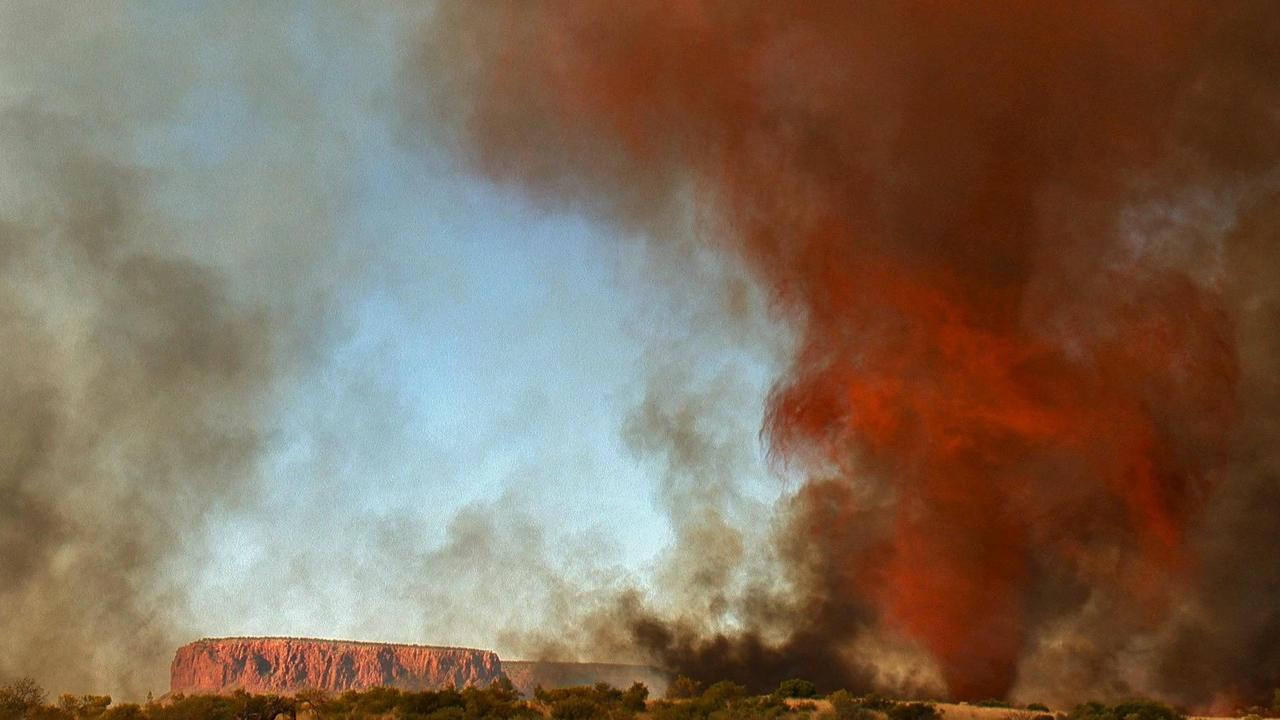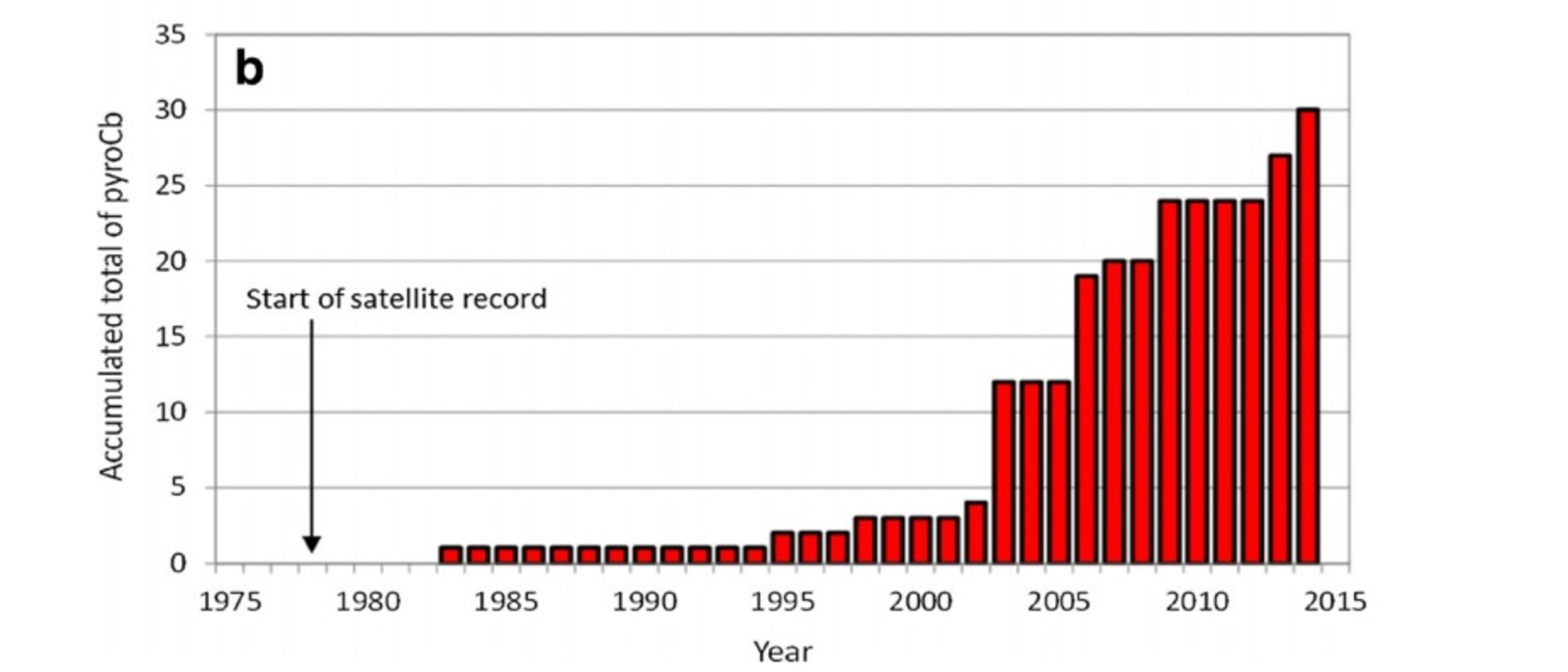Rise in deadly fire thunderstorms linked to climate change
Bushfires that ripped through Australia created fire thunderstorms. And there has been an alarming rise in this freak occurrence.

Australia was gripped by an unprecedented and horror bushfire season this summer.
While the blazes would have happened anyway, they were made worse by climate change, and burned through a whopping area about the size of South Korea - roughly 25.5 million acres.
But not only did the fires devastate communities, bush and wildlife, we also saw the fires create their own weather systems with ferocious fire thunderstorms.
In just one instance in Queensland, dramatic video emerged of a “firenado” tearing through Ipswich.
These fire weather systems are becoming more common under climate change.
Today, news.com.au launches its series Time Is Now, focusing how climate change impacts Australians’ way of life. The series draws on the insights and extensive research of scientists, in special partnership with Judith Neilson Institute for Journalism and Ideas and the Australian Science Media Centre.
When satellite records first started in 1910 there were barely any fire thunderstorms.
We’re now up to 120 - and 62 of those were in one season alone.
“We’ve pretty much doubled in one season, which is concerning,” Professor Jason Sharples of the University of NSW says.
A fire thunderstorm is created when a rare pyrocumulonimbus cloud forms above a source of heat.
RELATED: The myths around Australia’s horror bushfire season debunked
RELATED: What we face losing under climate change


It’s basically a thunderstorm within the plume of the fire.
Prof Sharples studies fire dynamics and is investigating the most recent bushfire season and its horrendous nature. There were about 30 definite fire thunderstorms and 15 still to be confirmed.
“What we’re really trying to do is understand the particulars of the fire and the atmospheric component and understand the balance between those two factors that you need to have right for one of these things to form,” he says.
“Fire is a really complex problem and it impacts pretty much all aspects of the environment and society - soil, public health, smoke, water, economic loss - and trying to work out a way to manage all of that is devilishly hard.
“If you think of an ordinary fire you can predict those to a large degree but once you get these things transform into these storm-like systems the fire spread doesn’t move into those dynamics anymore.”

Prof Sharples says there is no denying climate change is a factor in worsening bushfires.
A study on the 2018 Queensland fires found the temperatures associated with those fires were four times likely because of climate change.
“Because of climate change you’ve got the heat and dry conditions you need for low fuel moisture content (which fires need),” Prof Sharples says.
“These are basically big thunderstorms. There are certain conditions in the atmosphere that favour these events.
“The upper atmosphere events are going to head in a direction that makes it more conducive for these events to occur.”
Prof Sharples says we need to cut global emissions in order to prevent these fires from happening.
“It’s exasperating,” he says.
“It’s really, really frustrating seeing the narrative going on around the country. People still are trying to point to causes we know aren’t the cause. Things like arson are not what’s driving these sorts of events.”
Prof Sharples says we should be looking at indigenous cultural burning on a broader scale.
“There’s enough evidence to say that’s something we need to look seriously at,” he says.
“There’s a misunderstanding about what cultural burning is about, it’s not just about hazard reduction. It’s not about losing city but keeping country healthy.
“It’s certainly worth a try.”




